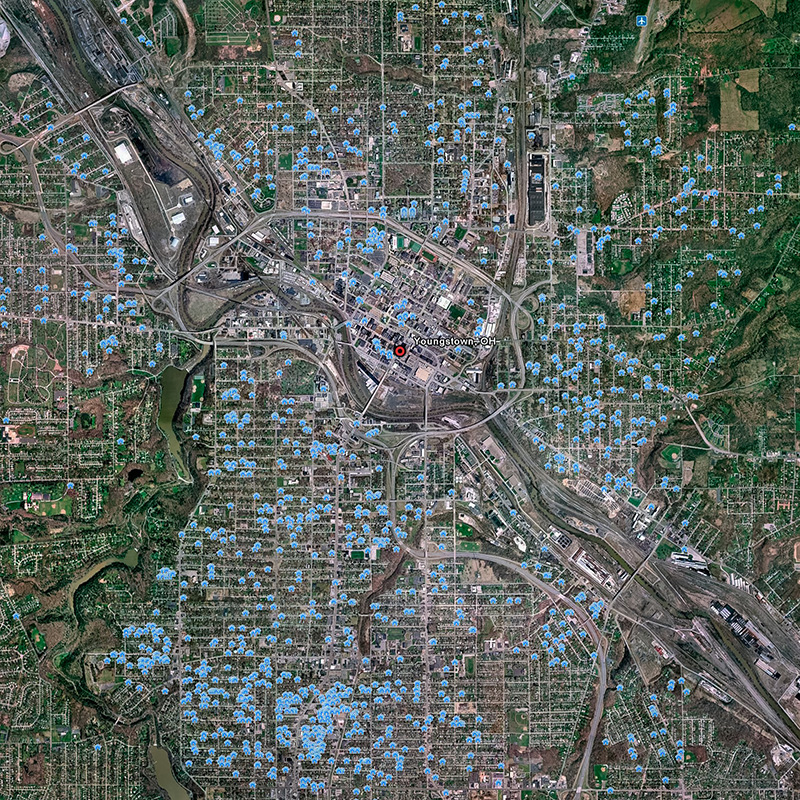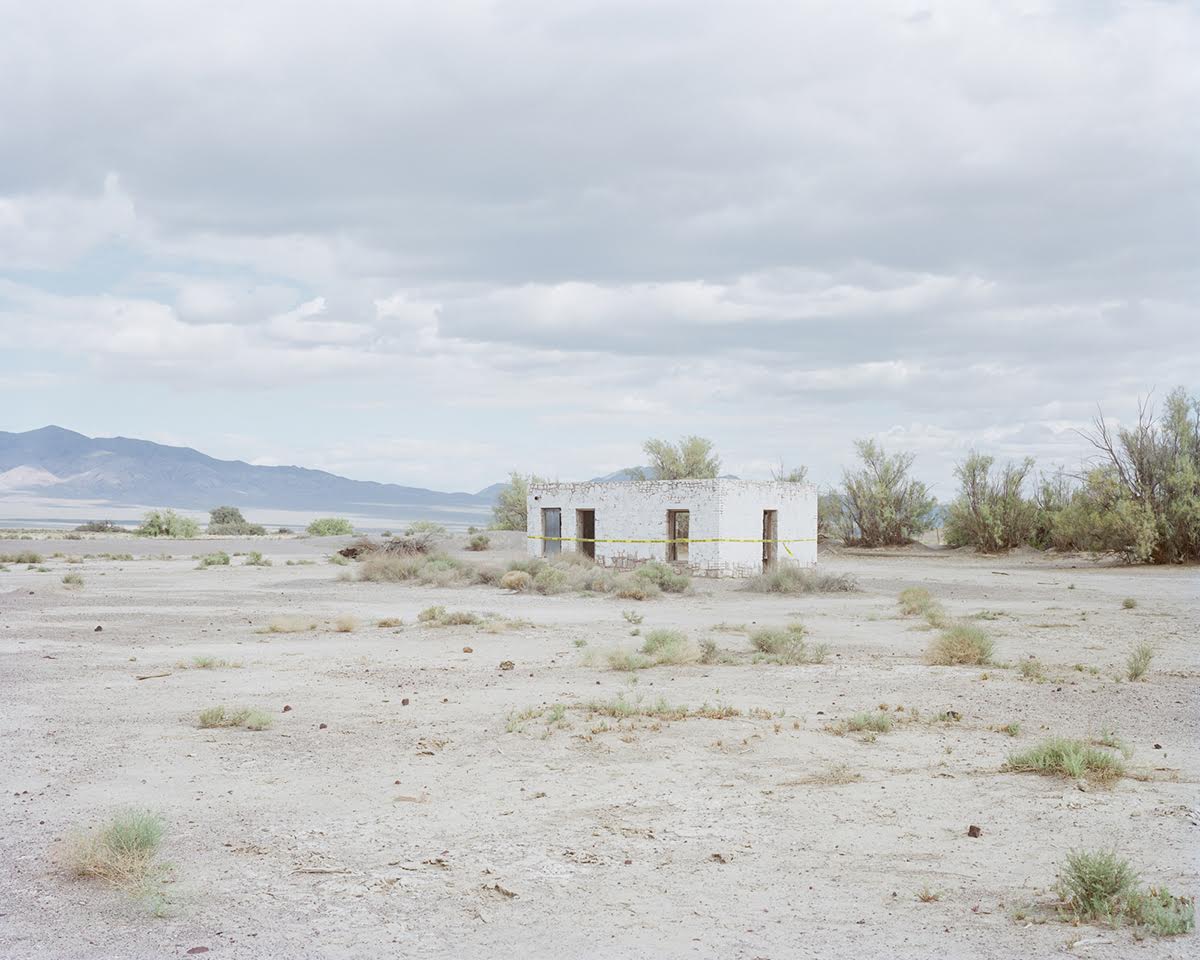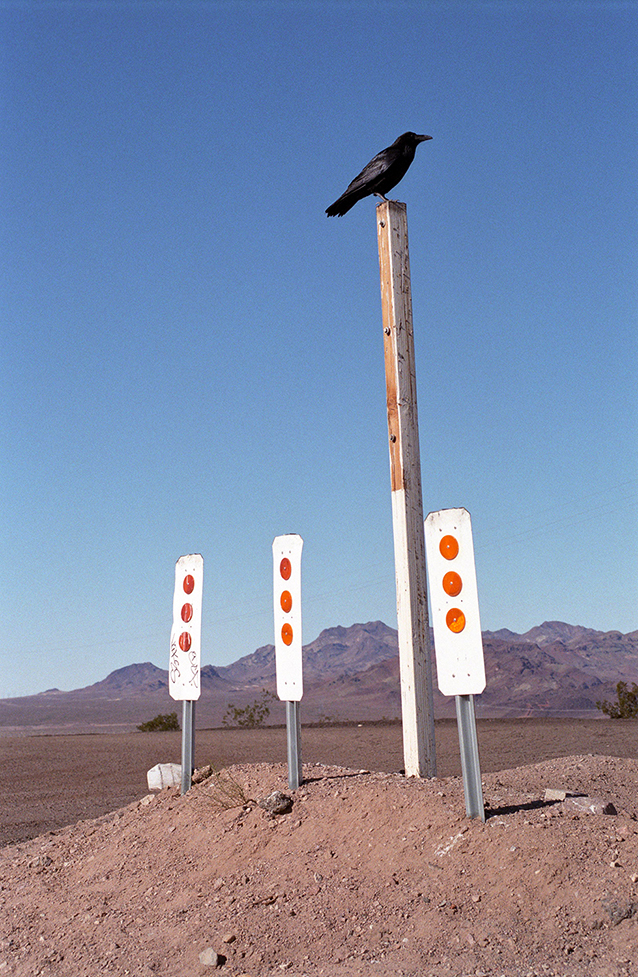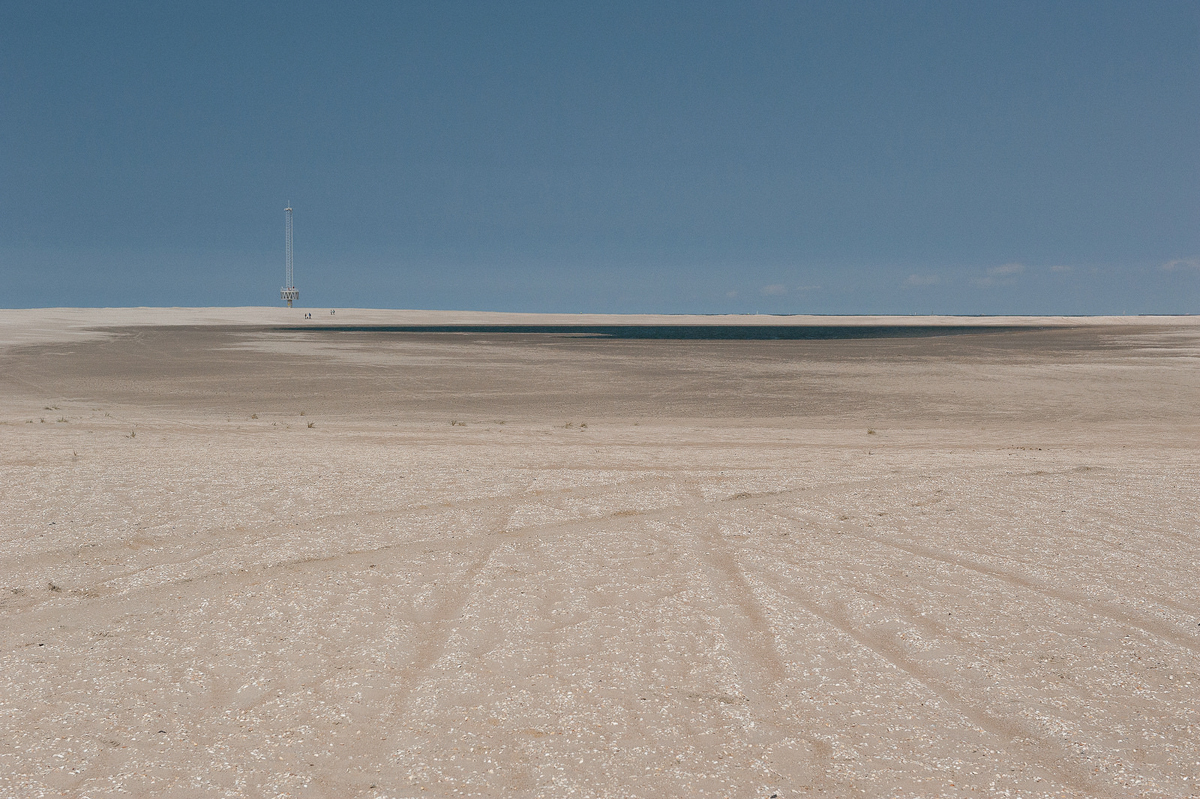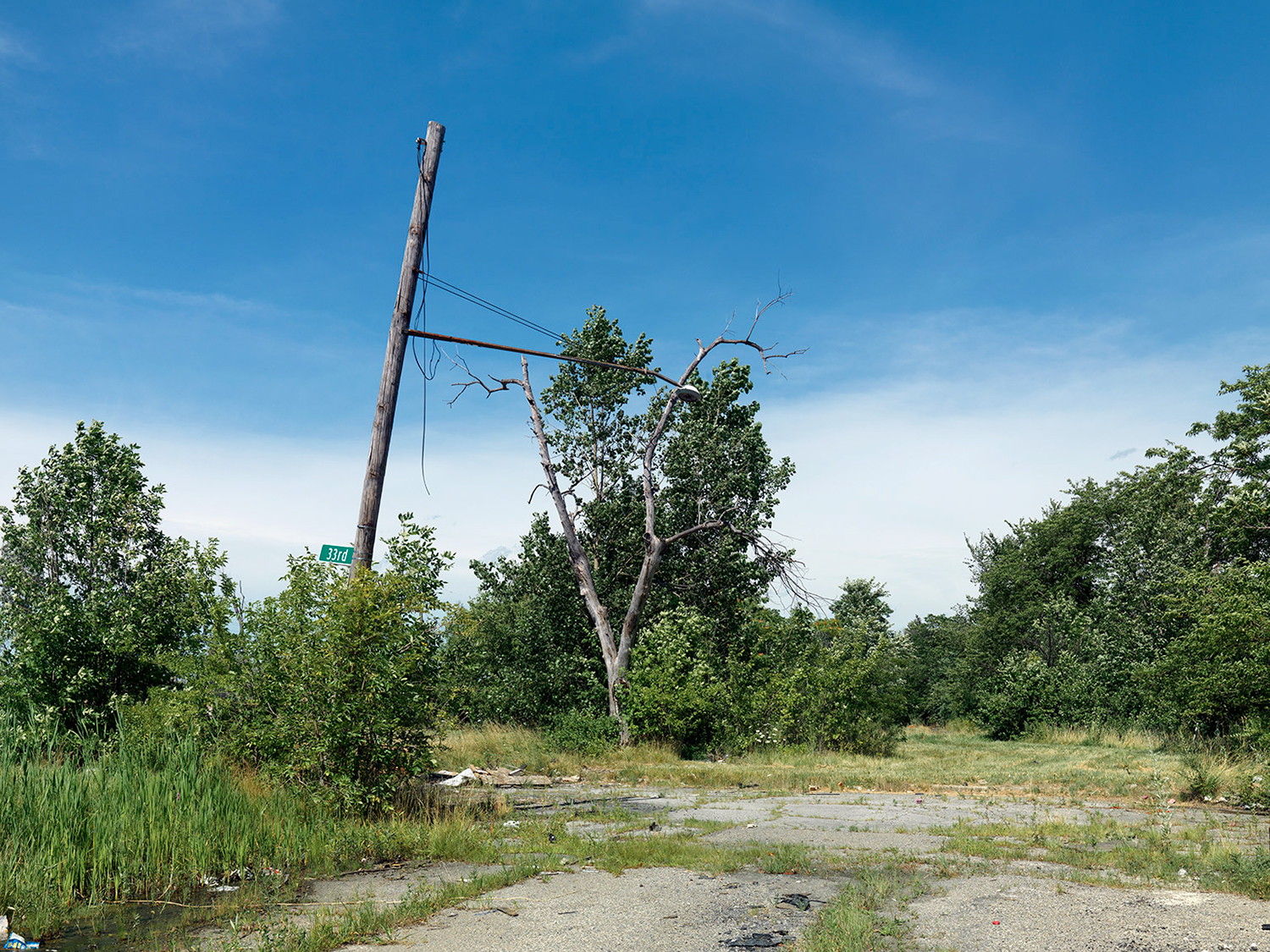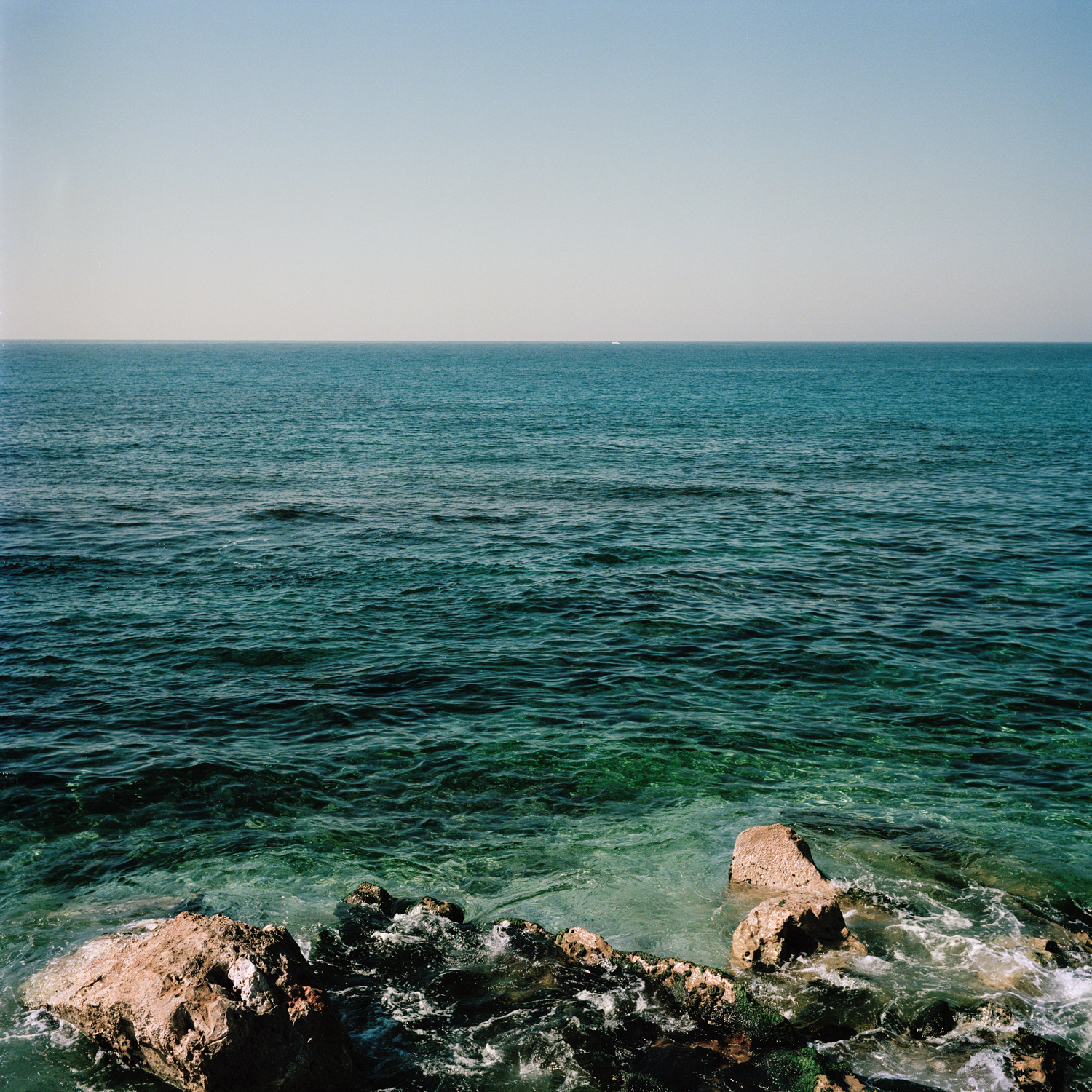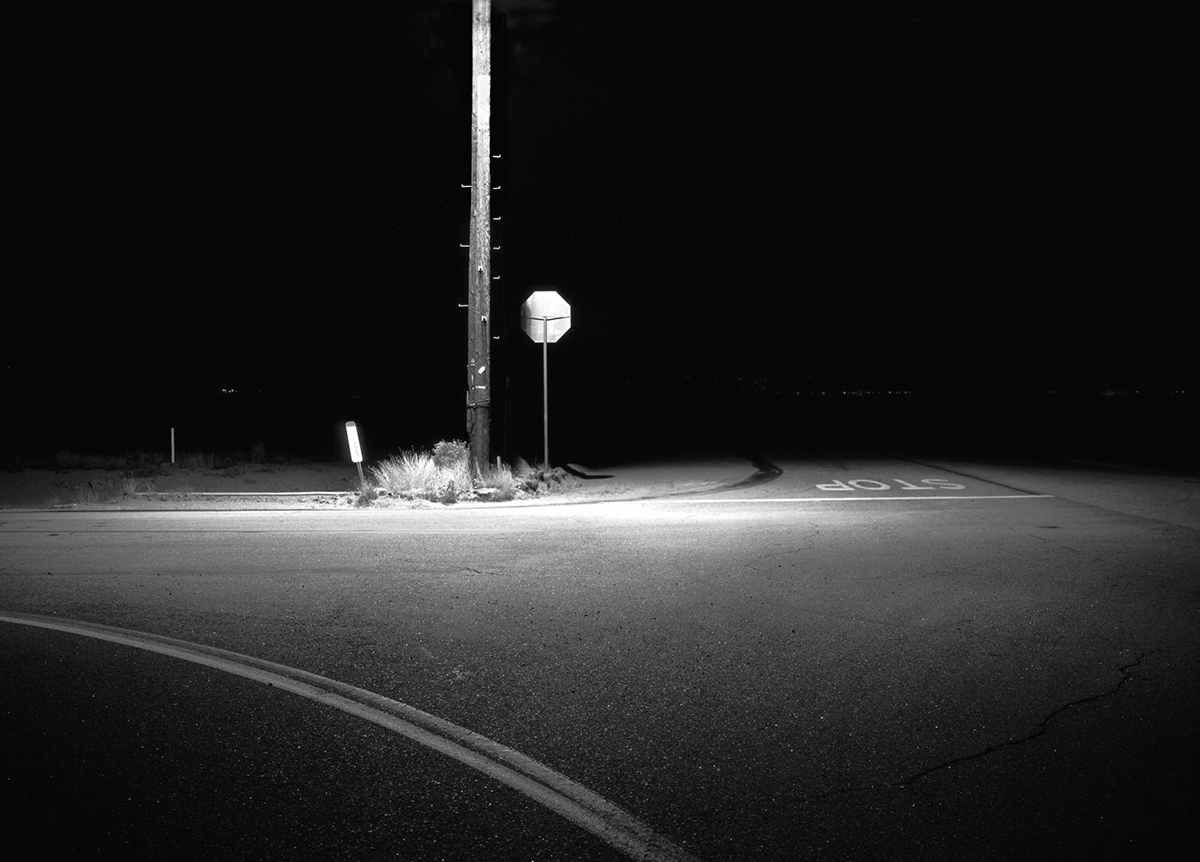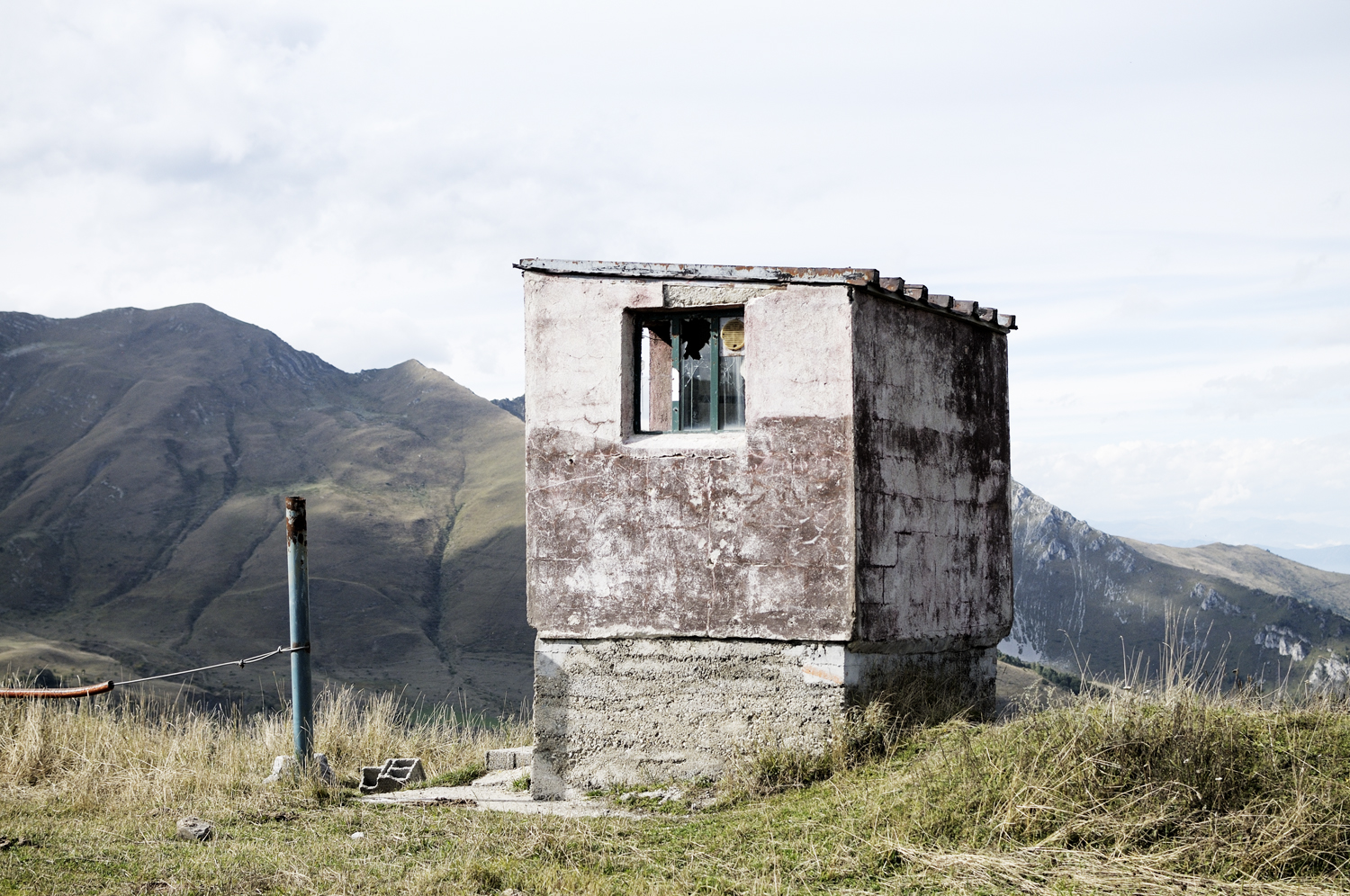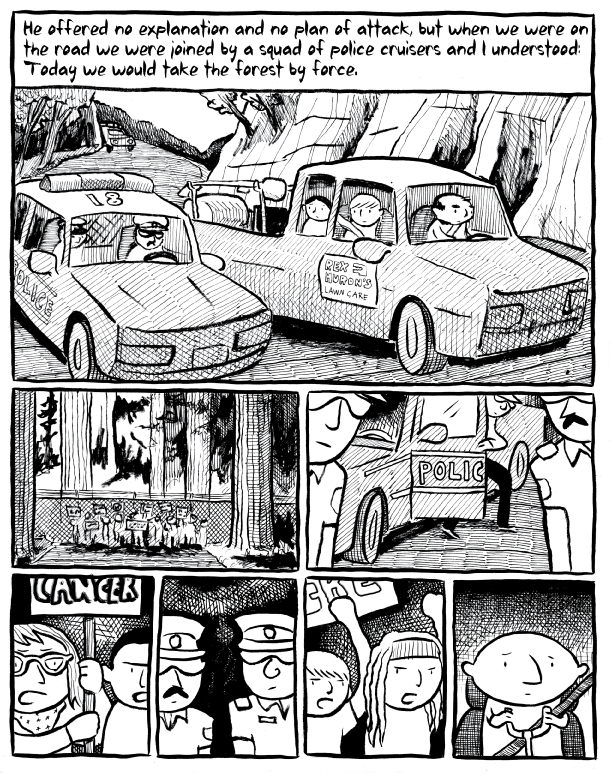Written By: Ryan Nemeth
Scanning the format of landscape photography these days I cannot help but notice two distinct categories of photographs. The first category of photograph is generally a depiction of scenery or unaltered or uninhabited land, a more accurate description of this image is raw scenery rather than landscape. Although not always true, I would categorize this type of image as an objective look at the land. These images are steeped in romantic expression as they are suggestive of pristine landscapes both unaffected and untouched by humans. This type of image is also suggestive of what was and what should be? Thus, unaltered images of scenery generally serve as a reference point to contrast a world and space that is now occupied. As Frank Gohlke stated, our affection for land runs deep, national parks and pristine community spaces occupy a huge part of our psychological connection to land. Thus, many of the images that bear an association with these pristine spaces reinforce the notion of human beings disconnection from land. Images of this type are also highly suggestive of what has been lost, which I would argue is what makes images of this type so relevant to the viewer. I believe that good landscape photographs occupy this psychological space within the mind of the viewer. Thus, romantic images of scenery often generate a sense of longing in the viewer and it is in this tension through emotional provocation that meaning and value is often constructed.
The second defining category of landscape photograph depicts altered and inhabited space that is a derivative of the constructed landscape. Although not always the case, these images are generally much more subjective and interpretive in nature. It is within this category of image that the viewer is induced to move from the concept of raw uninterrupted land and scenery to an understanding of an occupied world. I believe that images of this type inherently occupy a more pragmatic and realistic space within the minds of viewers as these images tend to depict objective realities in regard to human interaction with land. As J.B. Jackson pointed out, “a landscape only exists as something imagined, created, used or viewed by a human being. Therefore, there is no pure before image, only an endless sequence of afters. A man altered landscape is therefore a record of construction and disruption both social and physical, beneficial or detrimental”. Jackson’s insights help to make a clear delineation between the two distinct categories of photography centered on the subject of land. Thus, there are romantic images of unaltered scenery and landscapes or altered depictions of land.
This being said, Jackson would have argued emphatically that these two categories (scenery and landscape) of land based photography are inseparable and must coexist together. For Jackson, Landscape implied the coexistence of both human and natural underpinnings. Therefore, no deep channel separated the human world from the natural. Landscape was both technological and biological, an economic product and an aesthetic object, full of intentions and yet always the product of chance. Landscape is nature forged with steel, through electric illumination, and atop asphalt. Jackson believed that through these constructions, “humans deliberately create space to speed up or slow down the process of nature.”
As Jackson was aware, most students of the subject believed otherwise. On the one side of such schemes stood the romantic notion (of writers like Henry David Thoreau) that we are part of nature and should value natural powers above human creation. Romantics favored picturesque cities whose roads and buildings rambled along the swells of topography and the grains of local materials. On the other side was the humanist/pragmatic attitude (of those like Thomas Jefferson) that the human shape is supreme and that we must control nature. Pragmatists advocated for the gridded plan where right angles clipped, hedged, and hacked back natural color, texture, and form in the guise of reason and utility.
Both philosophies, Jackson realized, while at opposite ends of the spectrum, used a priori reasoning. That is to say, they first defined a relationship between human and natural, and then applied that definition as the basis for appropriate environments. Such reasoning, according to Jackson, was flawed. Excluded in such deductive thought were the unpredictable freedoms of the individual spirit and senses. As he wrote: “All that we can now do is produce landscapes for unpredictable men where the free and democratic intercourse of the Jeffersonian landscape can somehow be combined with the intense self-awareness of the solitary romantic.” Landscape had to satisfy both functional demands and reflective aspirations, therefore demonstrating physiological and psychological requirements.
References:
- Gohlke, F. (2009) Thoughts on Landscape. Tucson, AZ: Published by Holart Books.
- No author, (2010) New Topographics. Gottingen, Germany: Steidl Publishers and Center for Creative Photography in cooperation with the George Eastman House.
- Schwarzer, M. (2014) Selected books by J.B. Jackson. Retrieved from: http://www.harvarddesignmagazine.org/issues/6/selected-books-by-j-b-jackson.

